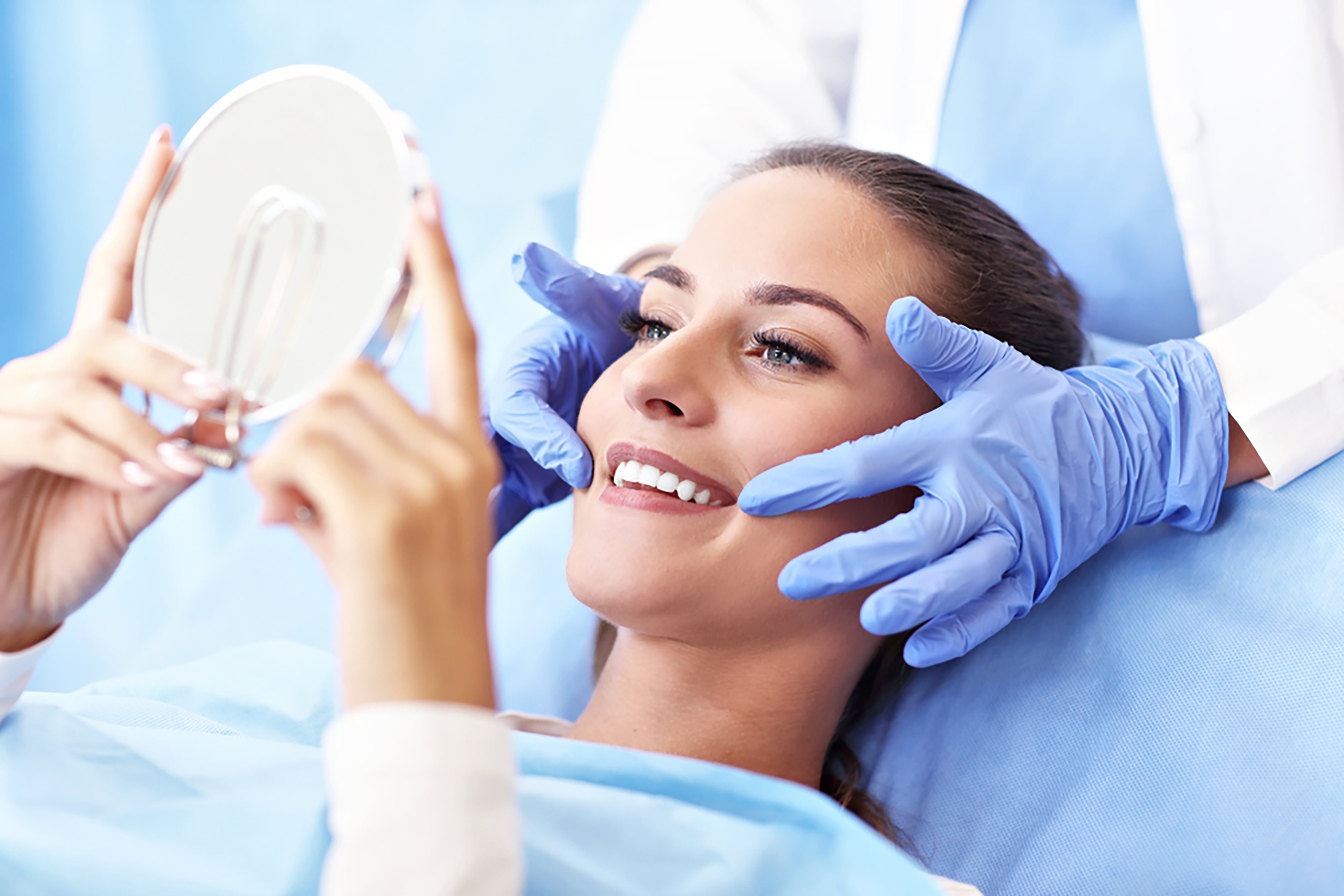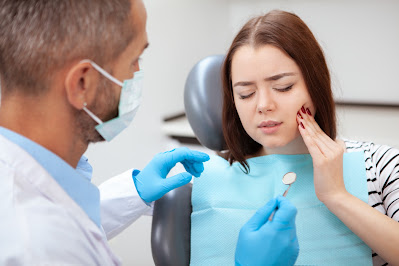How To Manage Bleeding After a Tooth Extraction
Before you leave your dentist’s office after having a tooth pulled, the staff at your dentist’s office will ensure that a stable clot has formed in the extraction site and will place a piece of gauze over that clot. The integrity of that clot is extremely important because it: protects nerve tissue in the interior of your jaw; bone tissue; and because it helps your gums to heal. Your dentist in Yellowknife will provide you with detailed instructions about how to recover from having your tooth pulled. Many of those instructions are focused on preserving your blood clot and minimizing bleeding to eliminate the risk of developing any infection.
After undergoing dental extractions in Yellowknife, follow your dentist’s aftercare instructions precisely. These tips for managing bleeding after having a tooth pulled are a general guideline for your information to supplement the information a dentist near you will give you.
How to stop initial bleeding
If your extraction site is bleeding after undergoing tooth extractions near you, don’t be alarmed. That’s a normal outcome in the initial period after having a tooth pulled. Here are the steps to follow:
● Roll or fold a damp piece of clean gauze into a square and place it over the tooth socket from which your tooth was pulled
● Ensure that the square of gauze is large enough to completely cover the extraction site and thick enough to ensure that, when you bite down on it, some pressure is placed onto the extraction site
● Bite firmly but gently onto that gauze for 45 minutes to an hour
● An alternative home remedy for stopping minor initial bleeding is to bite down onto a wet tea bag of green or black tea for at least 30 minutes. The tannic acid in tea helps the formation of clots
Avoid doing anything to disturb your blood clot
One of the ways to ensure your speediest recovery from a tooth extraction is to protect the blood clot in your extraction site from becoming dislodged. To preserve that clot, follow these simple Don'ts:
● Avoid particular actions that produce suction in your mouth that can disturb that clot. Three examples of actions to avoid are: Drinking with a straw; spitting (even when emptying your mouth after brushing or using mouthwash); smoking; blowing your nose; sneezing (except with your mouth open); playing musical instruments; and rinsing your mouth too vigorously
● Refrain from smoking and consuming alcohol since both activities can interfere with clotting and slow your body’s natural healing ability
● When drinking and eating, avoid anything too hot. Stick to lukewarm and room temperature foods and liquids
Avoid strenuous exercise and focus on resting
During the first 24 to 48 hours after undergoing tooth extractions near you, avoid any strenuous physical exercise. In particular, avoid any physical activity that requires you to bend or lift heavy objects. Instead of engaging in any strenuous physical activity, focus on resting stil-ly as much as possible for the first couple of days. When resting or sleeping, keep your head elevated using an extra pillow. It will help to eliminate the throbbing sensation and discomfort that can develop in your extraction.
Don’t be alarmed if you notice swelling and some bleeding after a tooth extraction. Having a tooth pulled is a simple and straightforward but relatively invasive procedure that will naturally cause some swelling and bleeding even without any complications. If the swelling or bleeding that you experience worsens rather than improves, or if you experience increasing pain rather than gradually improving comfort levels, get in touch with a dentist near you and let the staff at your dentist’s office know what you’re experiencing. The staff there will determine whether you’re experiencing any complications and will take whatever steps are necessary to ensure your quick and complete recovery.




Comments
Post a Comment